Health & Science
Troubling news about tainted pork; Antarctica’s alien life; The youngest yawners; How dogs picture words
Troubling news about tainted pork
Pork sold in most supermarkets may be tainted with dangerous, antibiotic-resistant bacteria. The nonprofit organization Consumer Reports tested nearly 200 supermarket pork samples and found that 69 percent harbored the bacterium Yersinia enterocolitica, which causes food poisoning and is especially likely to infect children. Some 11 percent of the samples contained enterococci—a sign of fecal contamination—and between 3 and 7 percent hosted salmonella, staph, or listeria, all of which can cause serious illness. Researchers were particularly troubled that 90 percent of the bacteria found in pork were resistant to at least one antibiotic; three of the samples had bacteria that were resistant to five antibiotics. Farmers routinely feed low levels of antibiotics to their livestock to make them plumper and keep them healthy, but “this practice promotes the development of antibiotic-resistant bacteria, which are a major public-health concern,” says study author Urvashi Rangan. One in five pork samples also showed traces of ractopamine, a drug that farmers use to make hogs leaner but that hasn’t been approved for use in humans. Thoroughly cooking pork to at least 145 degrees will kill bacteria, but “anything that touches raw meat” could be contaminated and “should be washed with hot, soapy water,” Rangan says. Consumers can also buy organic pork at specialty stores such as Whole Foods, or any pork that the U.S. Department of Agriculture has classified as free of antibiotics.
Antarctica’s alien life
The Week
Escape your echo chamber. Get the facts behind the news, plus analysis from multiple perspectives.

Sign up for The Week's Free Newsletters
From our morning news briefing to a weekly Good News Newsletter, get the best of The Week delivered directly to your inbox.
From our morning news briefing to a weekly Good News Newsletter, get the best of The Week delivered directly to your inbox.
After drilling more than 60 feet through the frozen surface of Antarctica’s Lake Vida, researchers have discovered bacteria that have survived in a frigid, acidic brine without oxygen or sunlight for 2,800 years, New Scientist reports. The finding offers more evidence that life can flourish in extreme environments, and suggests that it might exist beyond Earth, such as on Jupiter’s icy moon Europa or on Mars. “Seeing what the boundaries of life are on Earth, that helps us when we go out and look for examples elsewhere,’’ says study author Peter Doran, a professor at the University of Illinois. “Years ago, we never would have thought to look for life in the subsurface of Mars, and now we have examples on Earth that things can live down there.’’ The ancient bacteria have thrived in Lake Vida—despite a temperature of just 8 degrees, and a salinity level that’s seven times greater than that of the ocean—by feeding off hydrogen produced in chemical reactions between the brine and its underlying sediment. Over the next several months, researchers in Antarctica will examine older, deeper frozen lakes in search of life-forms that could have survived in isolation for millions of years.
The youngest yawners
New, 4-D ultrasound scans have provided the first proof that fetuses yawn in the womb—a finding that adds to the mystery of why we yawn. Researchers imaged 15 fetuses four times, beginning at their 24th week of gestation. They found that the unborn babies yawned nearly twice every 10 minutes at first but did so less frequently as time went on, until, by their 36th week, they stopped yawning altogether. “When you see a fetus yawning, it’s not because it’s tired,” study author Nadja Reissland, a developmental psychologist at Durham University in England, tells The New York Times. Instead, “yawning might be a way of getting the brain to develop.” Yawning may also help fetuses build cartilage in their jaw. In adults, experts have theorized, yawning may help cool the brain. Since a lack of sleep raises brain temperature, that would be an explanation for why we yawn when we’re tired. “There’s something special in yawning,” Reissland says; scientists just can’t yet say for certain what it is.
How dogs picture words
A free daily email with the biggest news stories of the day – and the best features from TheWeek.com
When you say “ball,” your dog likely has a different category of objects in mind than you do. Researchers taught a border collie named Gable made-up words to denote certain objects, including a horseshoe-shaped toy they called a “dax.” When human babies learn to link a word like “ball” to a tennis ball, they’re most likely thinking that “ball” means objects with a similar shape—like a basketball or a golf ball. But when researchers asked Gable to get another “dax,” he picked out an object of a similar size or texture to the original horseshoe toy, ignoring larger or smaller toys of the same shape. Dogs, it seems, don’t share our “shape bias,” study author Emile van der Zee, a psychologist at the University of Lincoln in England, tells LiveScience.com. He thinks humans may have evolved to prioritize shapes when learning language because for us, “vision takes priority over the other sensory systems.” Dogs handle objects with their mouths, so size and texture provide more relevant information.
-
 Why don’t humans hibernate?
Why don’t humans hibernate?The Explainer The prospect of deep space travel is reigniting interest in the possibility of human hibernation
-
 Would Europe defend Greenland from US aggression?
Would Europe defend Greenland from US aggression?Today’s Big Question ‘Mildness’ of EU pushback against Trump provocation ‘illustrates the bind Europe finds itself in’
-
 The rise of runcations
The rise of runcationsThe Week Recommends Lace up your running shoes and hit the trails on your next holiday
-
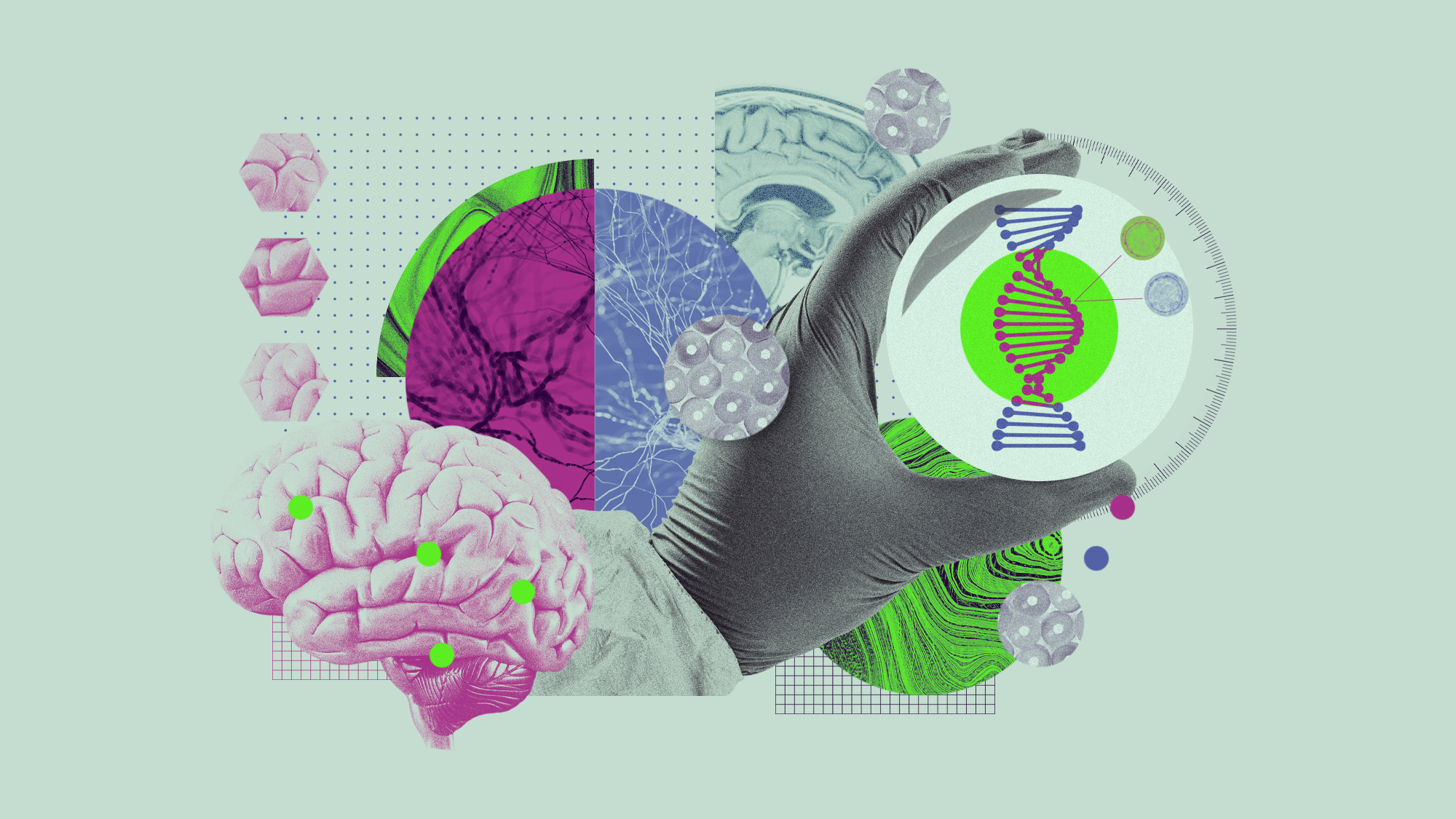 5 recent breakthroughs in biology
5 recent breakthroughs in biologyIn depth From ancient bacteria, to modern cures, to future research
-
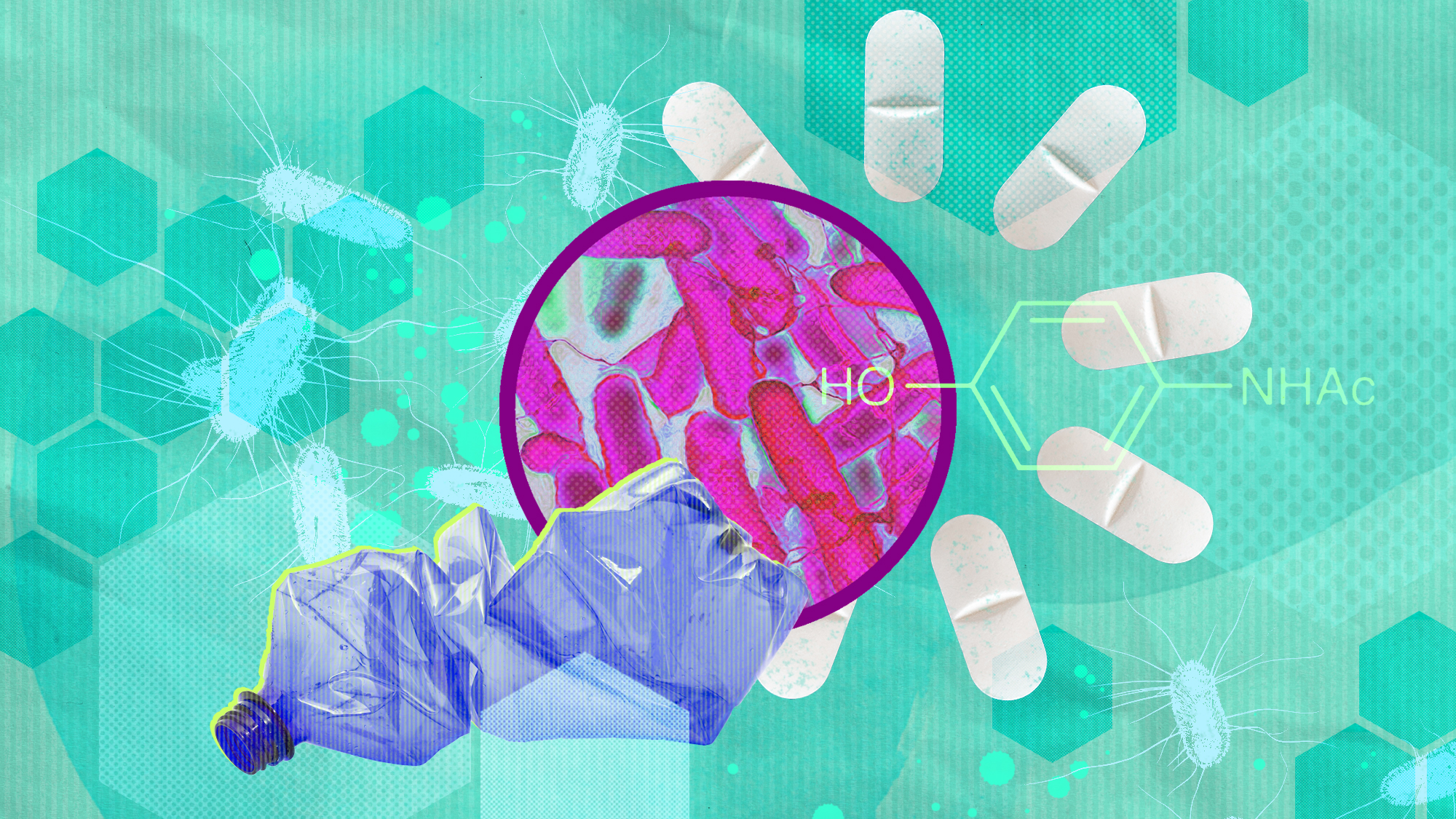 Bacteria can turn plastic waste into a painkiller
Bacteria can turn plastic waste into a painkillerUnder the radar The process could be a solution to plastic pollution
-
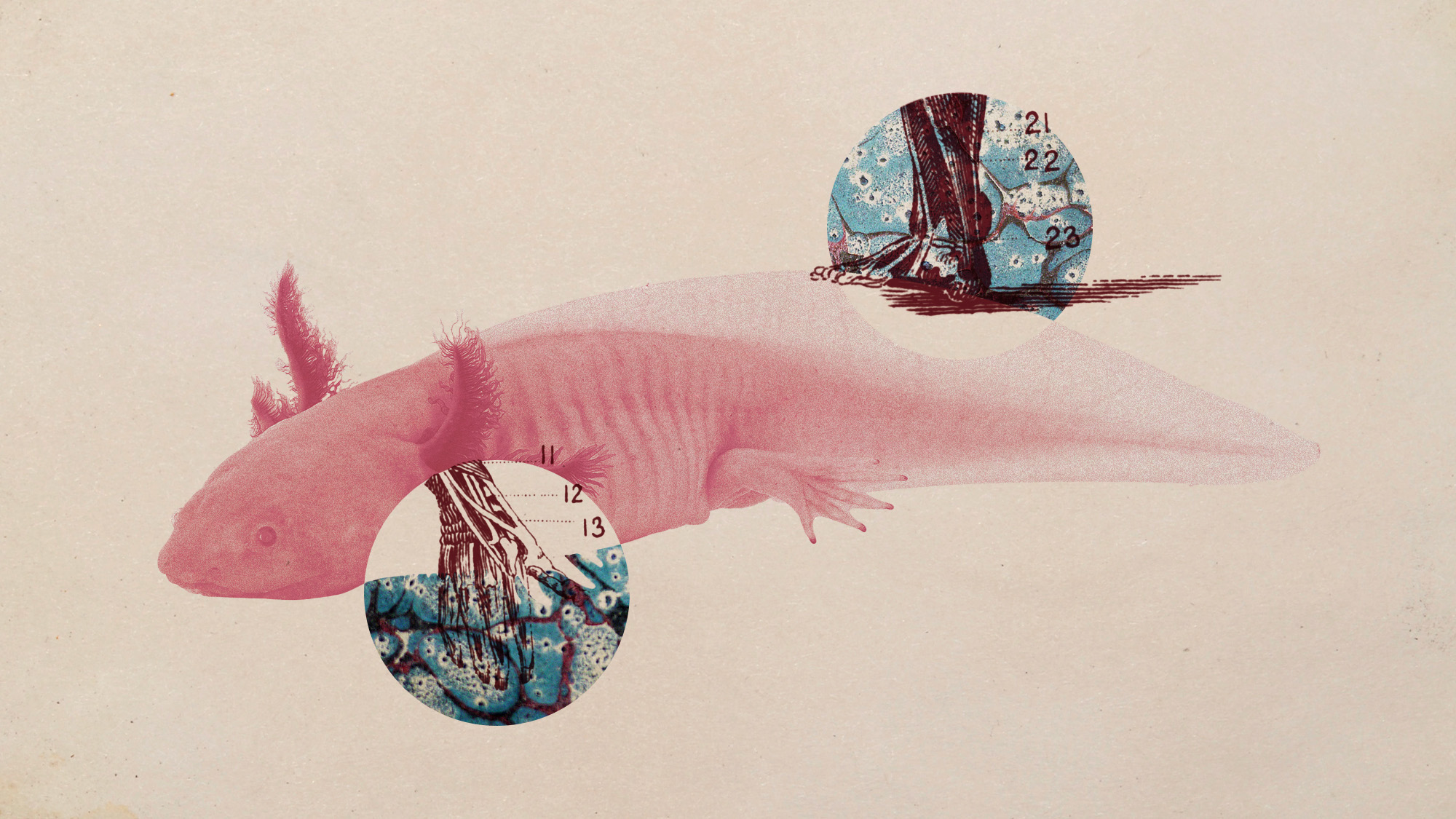 Scientists want to regrow human limbs. Salamanders could lead the way.
Scientists want to regrow human limbs. Salamanders could lead the way.Under the radar Humans may already have the genetic mechanism necessary
-
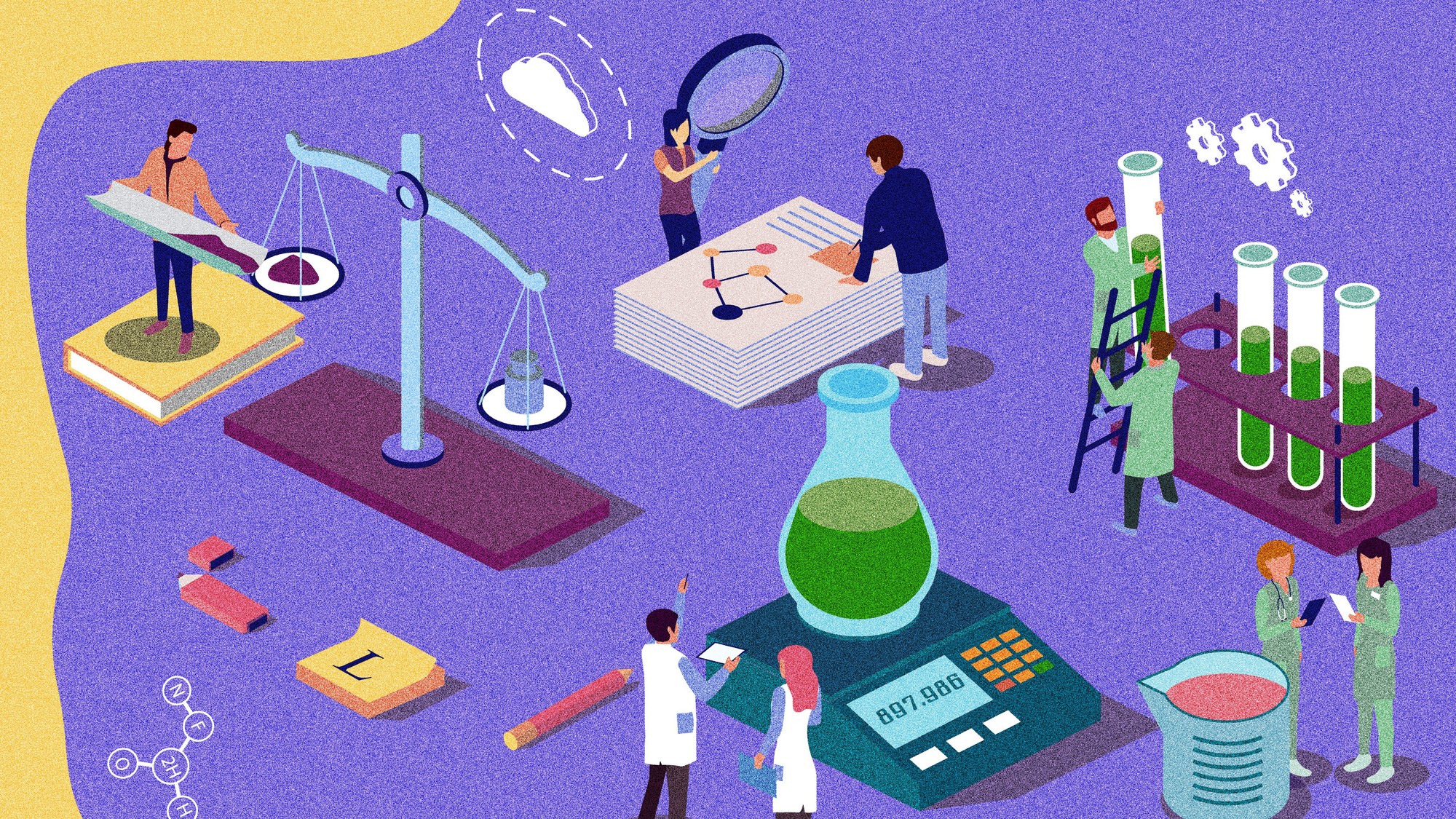 Is the world losing scientific innovation?
Is the world losing scientific innovation?Today's big question New research seems to be less exciting
-
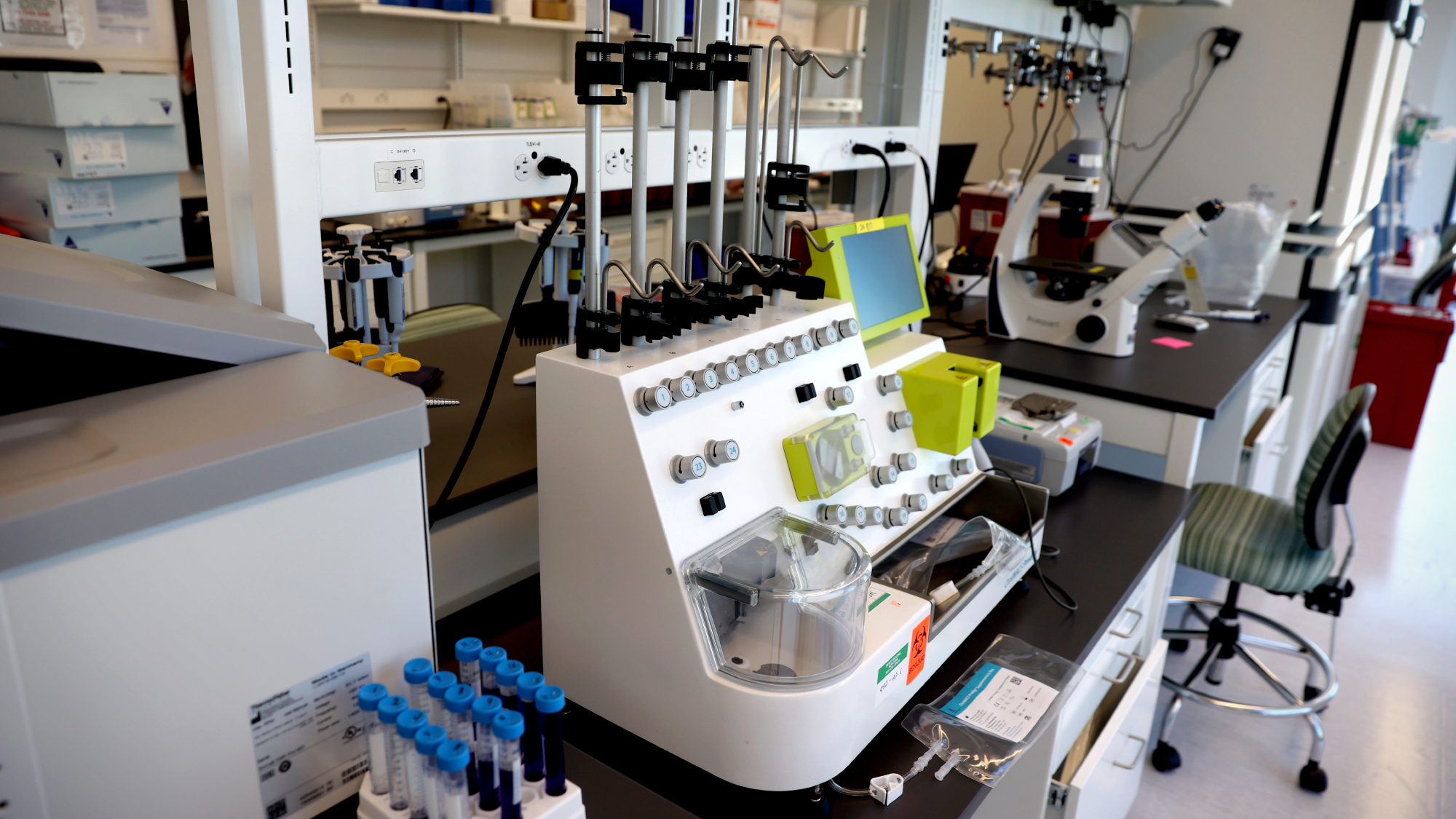 Breakthrough gene-editing treatment saves baby
Breakthrough gene-editing treatment saves babyspeed read KJ Muldoon was healed from a rare genetic condition
-
 Humans heal much slower than other mammals
Humans heal much slower than other mammalsSpeed Read Slower healing may have been an evolutionary trade-off when we shed fur for sweat glands
-
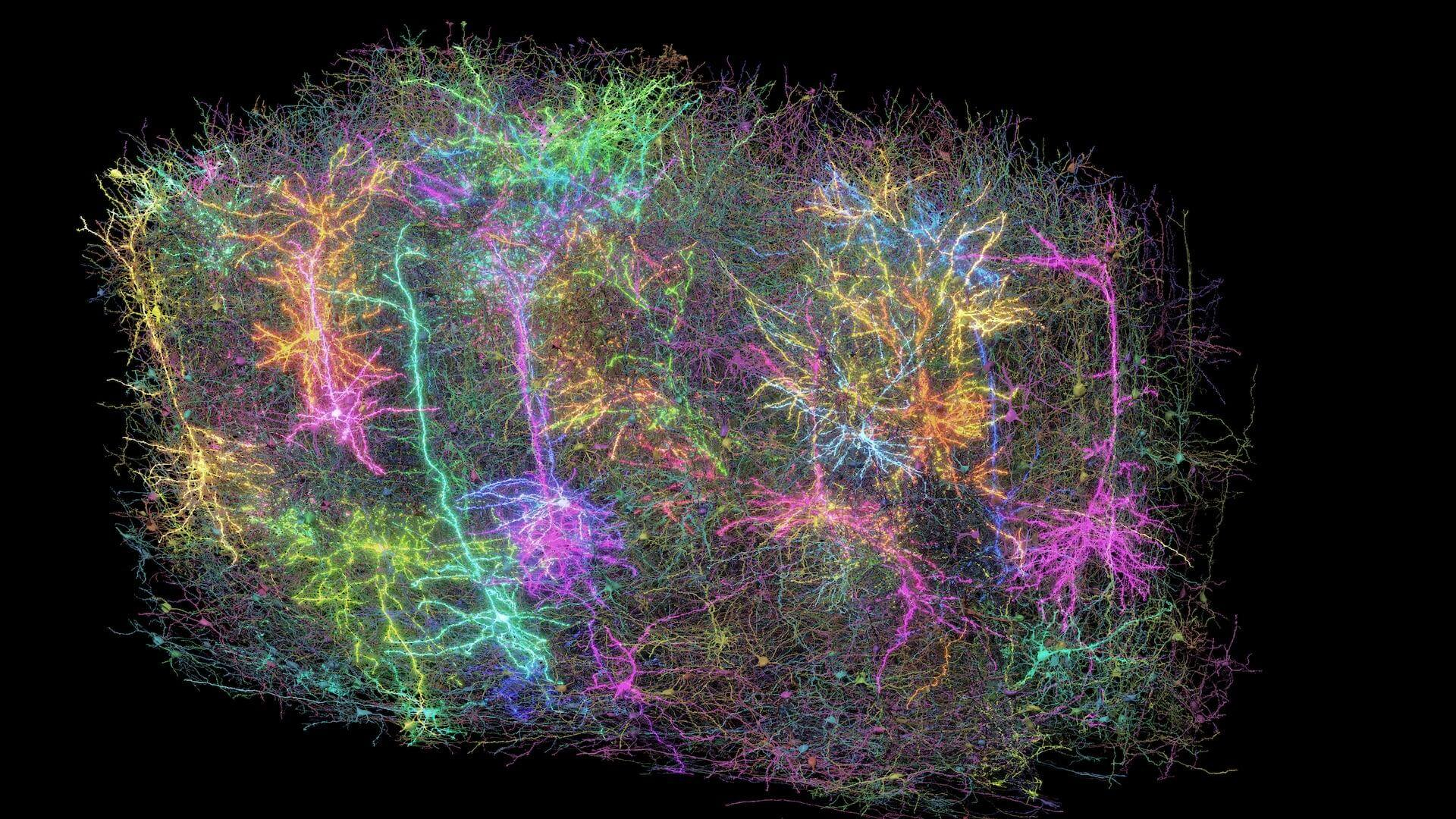 Scientists map miles of wiring in mouse brain
Scientists map miles of wiring in mouse brainSpeed Read Researchers have created the 'largest and most detailed wiring diagram of a mammalian brain to date,' said Nature
-
 Scientists genetically revive extinct 'dire wolves'
Scientists genetically revive extinct 'dire wolves'Speed Read A 'de-extinction' company has revived the species made popular by HBO's 'Game of Thrones'